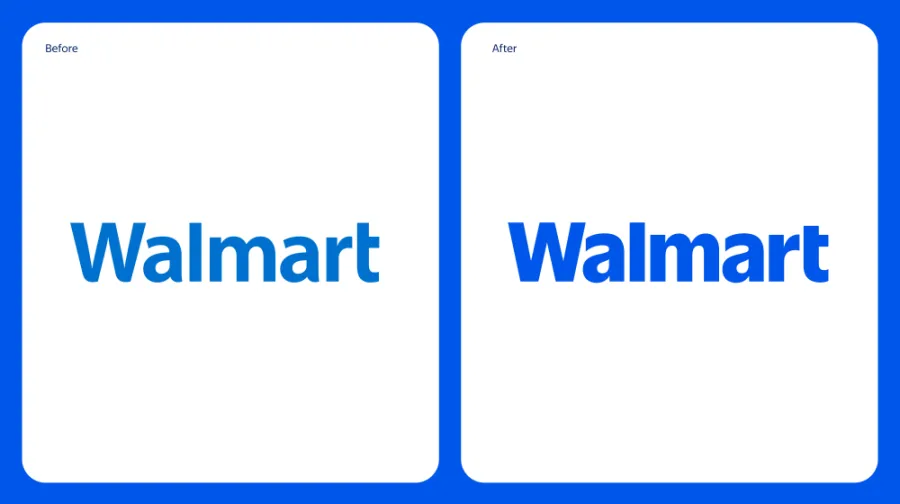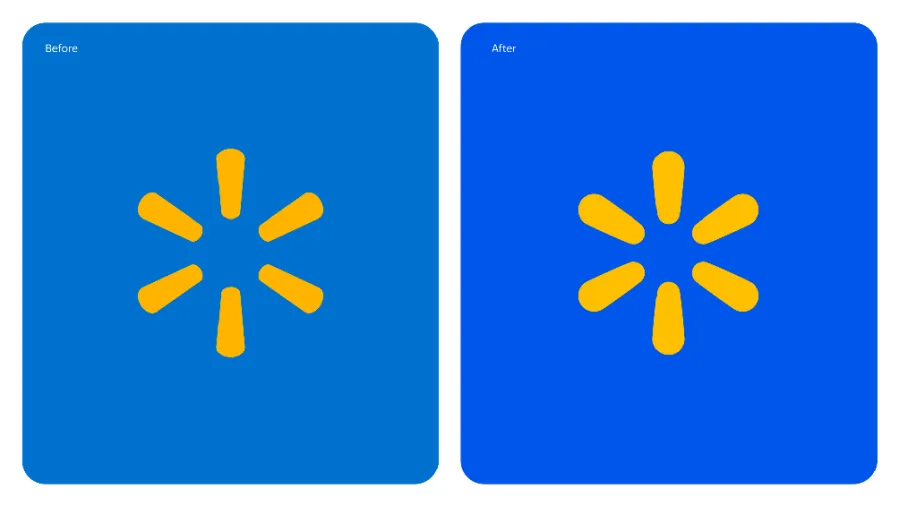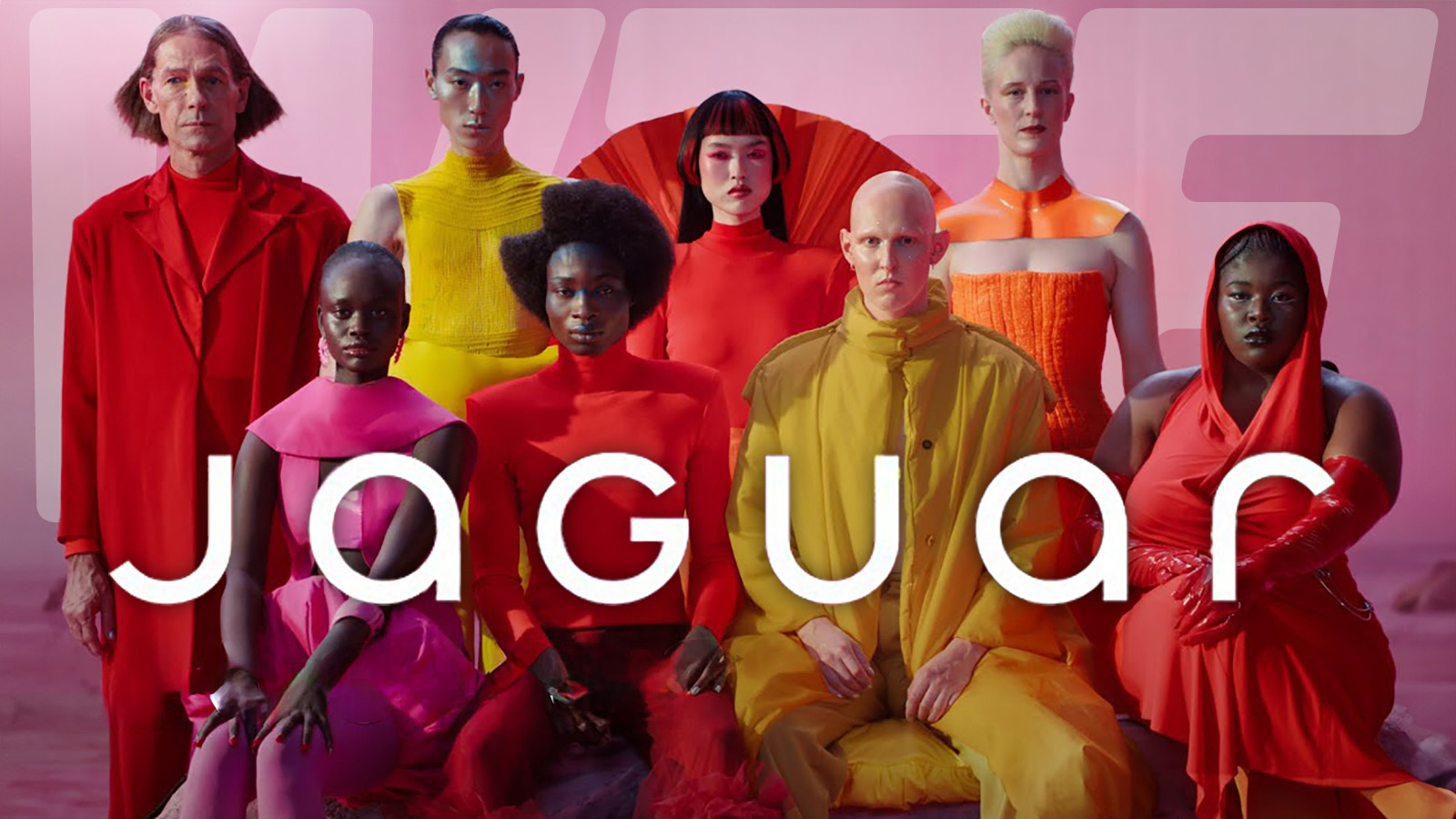Restyle, Redesign or Rebrand: What Does Your Business Really Need?
As your business grows and the world around it changes, you may start wondering: Do I need to update how my brand looks or feels? You might hear people talk about “restyling,” “redesigning,” or even “rebranding.” But what do these words really mean, and how do you know which one is right for you?
Let’s break it down together.
Restyle: A Little Touch-Up
Over time, even the best designs can start to feel old. If your brand still feels right but just looks a bit outdated, you might only need a restyle.
Restyling means making small visual updates — like changing art direction, some fonts, color hues, or the style of your images — while keeping your logo and core design the same. This helps you stay current without losing your brand's personality.
Think of it like giving your home a fresh coat of paint — it’s still your home, just cleaner and more modern.
How often should you restyle? Design trends used to shift every 20 years, but today, with social media and fast-changing styles, it’s smart to review your visual identity every 5 years. This doesn’t mean you must change something, just check if it's still working.


A good example of a brand refresh is Walmart’s recent rollout. Some media labeled it a “rebrand,” and people on social media asked, “Where’s the change?” But it wasn’t a rebrand—it was a restyle (or as they put it, a “refreshed look”).
They made the colors more saturated and contrasting, thickened the logotype, and gave the spark a bolder edge. Why? Because digital-first brands need visuals that pop on screens.
The truth is simple: Walmart didn’t reinvent itself. They just polished their identity to feel sharper, more relevant, and digital-friendly.
Redesign: A New Look, Same Brand
Sometimes a light refresh isn't enough. Maybe your brand was created years ago and doesn’t connect with today’s audience. Or maybe you launched your business on a small budget using DIY tools like Canva, and now it looks too similar to everyone else.
In these cases, a redesign could be the answer.
Redesigning means updating your visual identity — your logo, colors, fonts, and style — to better reflect who you are now. It’s about looking modern and professional, without changing your brand’s core values or name.
Think of it like giving your brand a new outfit — same person, new style.


As an example of a redesign, let’s look at Johnson & Johnson, which updated its look in September 2023.
You might ask—isn’t this just a restyle? Not quite. The iconic cursive script, used since 1887, was replaced with a modern sans-serif typeface, completely changing the brand’s feel. The classic red hue was refreshed to a brighter, more contemporary shade, conveying a sense of urgency and responsiveness.
This update was a comprehensive redesign that reflects Johnson & Johnson’s evolution into a more focused healthcare company. It’s safe to say this wasn’t just a minor tweak—it was a thoughtful modernization while keeping the core brand identity intact.
Rebrand: A Big Change for a New Direction
If your business has changed deeply — like your values, your audience, or what you actually do — then it might be time to rebrand.
Rebranding is more than a new logo. It’s a complete transformation of how your business looks, sounds, and is understood. It can include a new name, new message, new design, and even new goals.
Businesses rebrand when they want to:
- Reach new customers
- Stand out from competitors
- Reflect big changes in what they offer or believe
Think of it like moving to a new city and starting fresh. It’s still you — but in a whole new way.


In 2024, Jaguar went through a full rebrand, not just a redesign. They didn’t just update their logo; they shifted their entire brand strategy to reflect a new direction:
- Look & Design: Introduced a modern, minimalist logo and new typography.
- Values & Promise: Adopted a design-forward, innovative ethos with the slogan “Copy Nothing”.
- Target Audience: Aimed at younger, affluent, design-conscious customers.
- Business Direction: Transitioned to an all-electric vehicle lineup, signaling a commitment to sustainability and innovation.
Jaguar’s rebrand shows how a company can evolve its visual identity and redefine its purpose, audience, and goals — a true transformation, not just a fresh coat of paint.
Final Thoughts
Big brands like Walmart, Johnson & Johnson, and Jaguar were used as examples to make these concepts easier to understand, but the same principles apply to businesses of any size. Whether you run a small shop, a startup, or a solo business, knowing the difference between a restyle, redesign, and rebrand can help you make intentional choices for your brand’s growth.
It’s natural for people to resist change. Customers, employees, and even you might feel attached to the old look or way of doing things. But staying relevant sometimes means saying goodbye to certain elements, refreshing your identity, and evolving with your audience. Change isn’t just inevitable... it’s essential if you want your brand to remain strong, memorable, and ready to grow.
